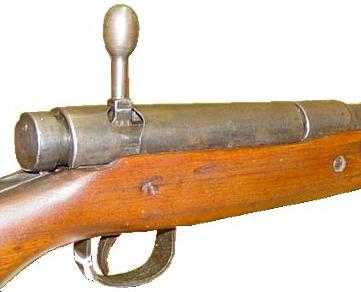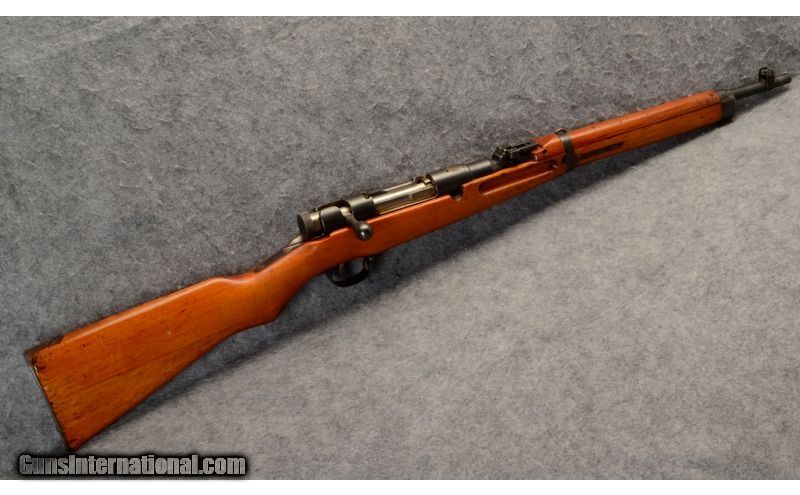

Some Chinese units continued to field them during the Korean War. The Chinese also captured and reused huge numbers of Arisaka rifles during the Second Sino-Japanese War. They also equipped large numbers of Arabs with Arisakas to fight against the Ottoman Empire with. The 6.5x50mmSR was adopted by the British in 1917 as the. The British also purchased large numbers of rifles beginning in 1914, which they mainly used for training. Large numbers of Arisaka rifles were purchased by Russia and fielded due to their shortage of 7.62x54mmR M1891 rifles. While it is best known for its Japanese service, it saw widespread use with Imperial Russian forces during World War I, the Revolution and the Civil War. It saw use with Imperial Japanese forces until the end of World War II. The Japanese 6.5x50mmSR would live a long service life and served under many flags. The 6.5x50mmSR replaced the older 8x53mmR and 11mm Murata cartridges in Japanese service. Japanese troops armed with Murata rifles during the First Sino-Japanese War of 1894/95. With the adoption of the Type 11 light machine gun in 1922 a reduced power load was introduced which reduced muzzle flash in the relatively short barrel.

The new load offered noticeably improved exterior ballistics and better terminal performance.

This weighed 139-grains, had a powder charge of 33-grains of smokeless which gave a muzzle velocity of approximately 2,500 fps. The cartridge was updated with the adoption of the Type 38 rifle by replacing the 160-grain round nose projectile with a modern spitzer design. Unlike other contemporary designs the new Japanese design was neither fish nor fowl, not being rimmed or rimless but semi-rimmed. Overall cartridge length came in at 74.68mm (2.94-inches). It was loaded into a bottle-necked cartridge case with a case length of 50.3mm, rim diameter of 11.84mm (0.466-inch) and base diameter of 11.35mm (0.477-inch). Powder charge consisted of 31-grains of smokeless powder. The new cartridge was initially loaded with a round-nosed cupronickel jacketed 160-grain projectile. Adopted in 1897 the 6.5x50mmSR is a smokeless powder semi-rimmed designed which served under many flags. The new 6.5x50mmSR replaced the older 8x53mmR Murata cartridge chambered in the Type 22 Murata rifle. In 1897 the Imperial Japanese Army adopted the Type 30 Arisaka infantry rifle and carbine and with it a new small-caliber 6.5mm cartridge. These included 7mm, 6.5mm and even 6mm for the US Navy. The race towards a modern smokeless powder rifle cartridge led to many countries moving to much smaller bore-sizes compared to the traditional black powder cartridges. The 6.5x50mm Semi-Rimmed (SR) was a product of the 19th Century arms race instigated by the French fielding of the smokeless powder 8x50mmR “Lebel” cartridge in 1886. In use the 6.5x50mmSR had a flat trajectory, light recoil, possessed good accuracy and the projectile had a rapid yaw cycle increasing terminal performance. In comparison, this load would be a couple hundred feet per second slower than the modern 6.5mm Creedmoor, but shared many of its finer attributes. This was a good, rugged and accurate rifle firing an effective cartridge. The Japanese launched the invasion of China in 1937, and what some consider the start of World War II, armed with Type 38 rifles chambered for 6.5x50mmSR.


 0 kommentar(er)
0 kommentar(er)
